Snapshot of Trieste
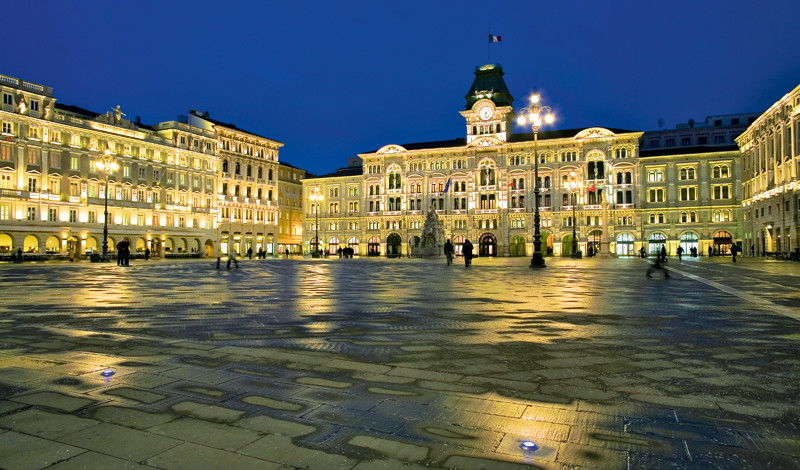
Unfamiliar territory even to many Italians, this multilingual border town and seaport proves both distinctive and distinguished.
Trieste is, as a mayor of the city once put it, “the eastern edge of Latinity and the southern extremity of Germanness.” Unfamiliar territory even to many Italians, it’s tucked away near the border of Slovenia. It looks out at the Gulf of Trieste and the blue waters of the Adriatic, and the rugged limestone heights of the Julian Alps tower over it from the north.
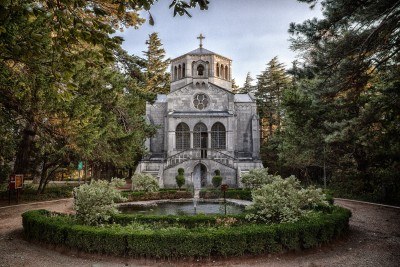
Under the rule of the Habsburgs, Trieste enjoyed an era of vibrant cultural growth and economic expansion. As the main port for the Austrian Empire, the city became a hub of commerce and a magnet for architects, musicians, artists, soldiers and merchants. Part of Trieste’s charm is the layers of its past, evident in buildings like the ancient San Giusto cathedral. Built on the site of a Pagan temple, additions were made to the church over the years, starting as early as the 6th century. It now houses the remarkable apsidal mosaics depicting Our Lady of the Assumption and San Giusto that were laid by master Venetian craftsmen in the 12th and 13th centuries.
It’s a city that takes on multiple personalities as you walk from the quaint streets near the Serbian Orthodox church, reminiscent of Prague, to the grand streets of the Habsburgs, organised for their ornamented banks, office buildings and civic structures. The Teatro Giovani Verdi, Trieste’s 200-year-old grand opera house, is another hallmark of a bygone era. Its Neoclassical façade is reminiscent of La Scala in Milan, and its opulent interior harkens back to the gilded age of the Austro-Hungarian Empire.
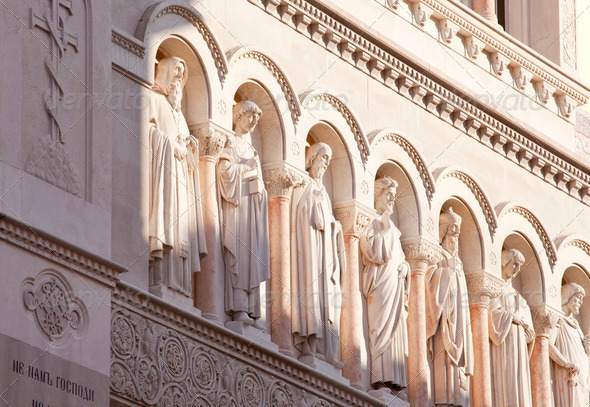
The mood of Trieste is set in its bustling Viennese cafés, and written on the elegant Neoclassical façades. If you take an evening stroll along the pedestrian promenade next to the Canal Grande, or dine on the hearty regional cuisine in one of Trieste’s many restaurants, you find an enchanting city with unique character and interesting flavours.

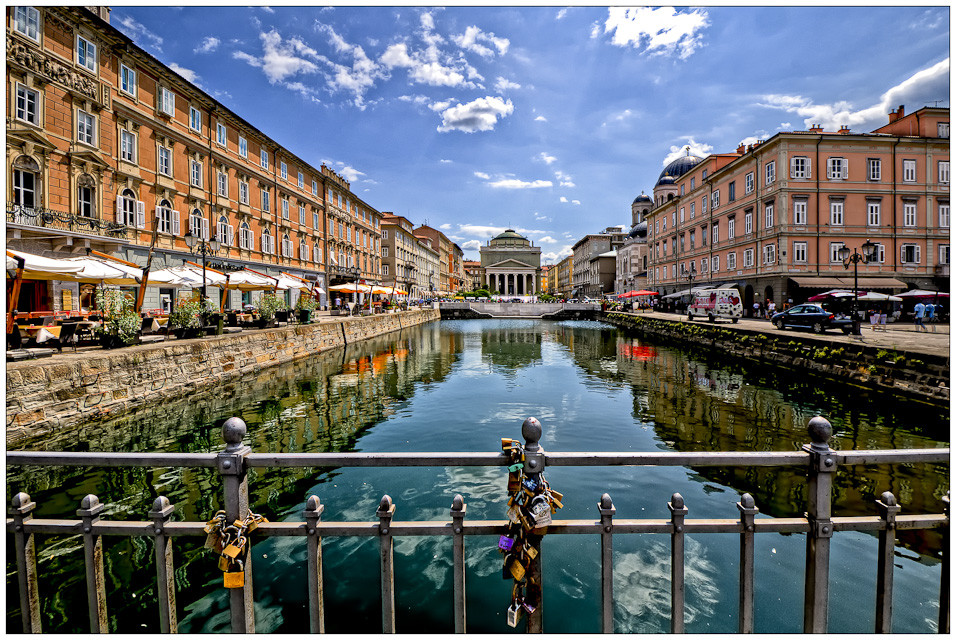
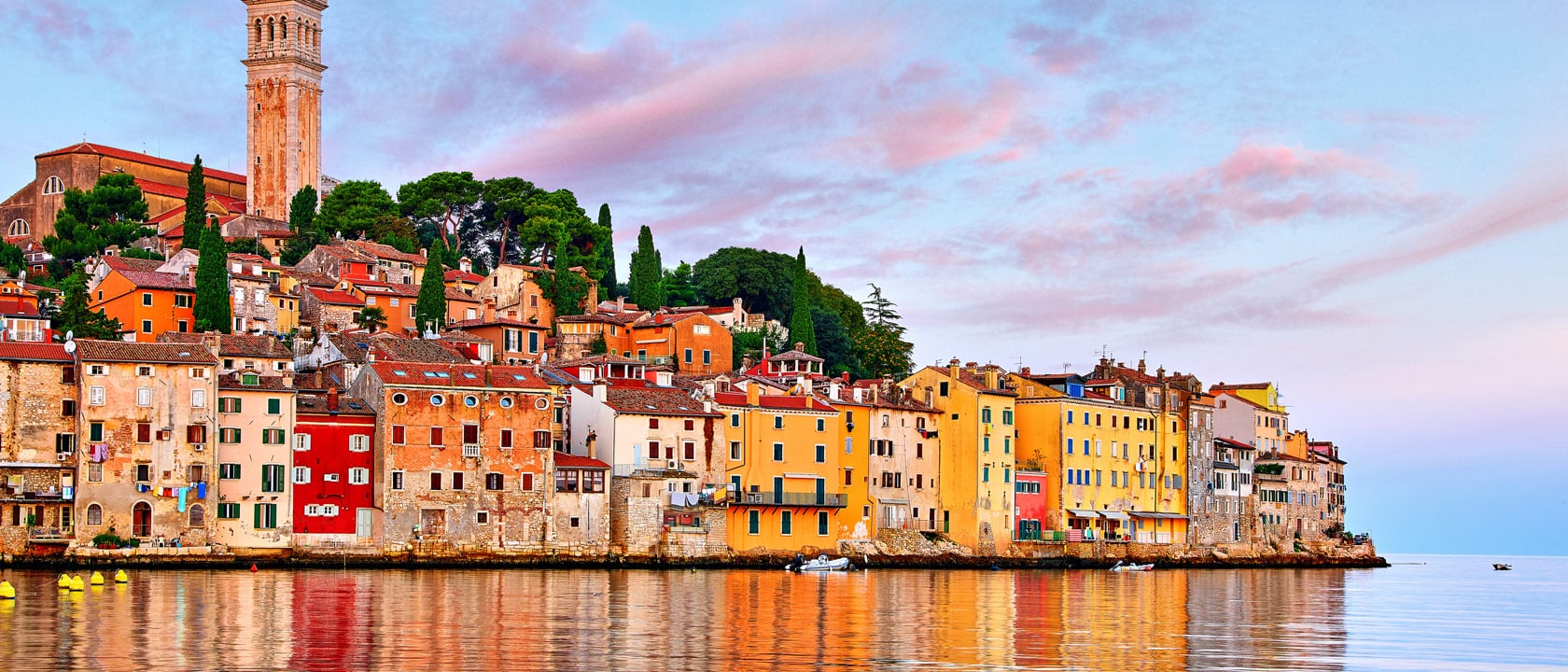 An Adriatic Journey: from Trieste to Dubrovnik 2025
An Adriatic Journey: from Trieste to Dubrovnik 2025 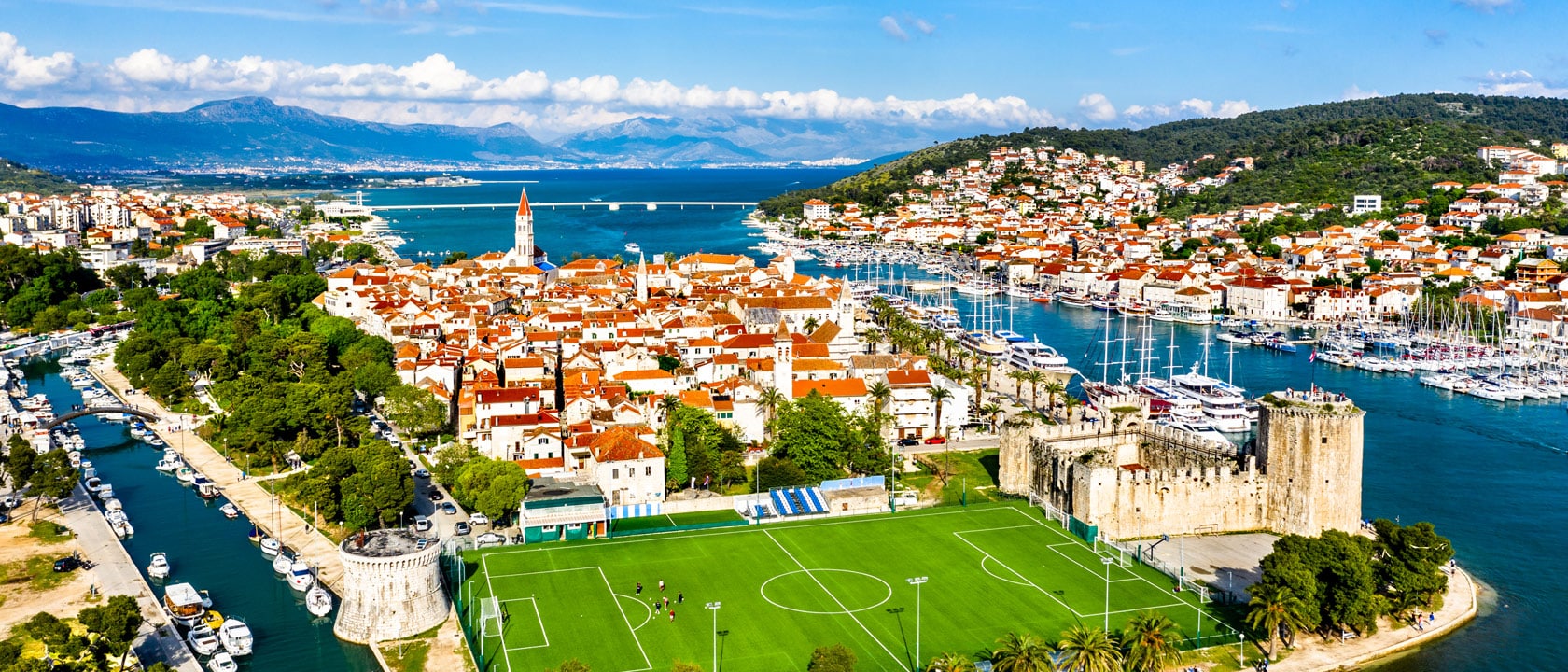 An Adriatic Journey: from Trieste to Dubrovnik 2024
An Adriatic Journey: from Trieste to Dubrovnik 2024